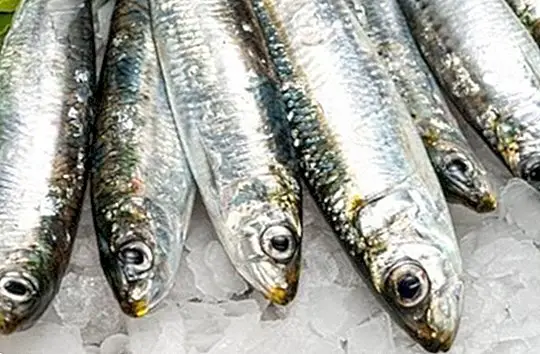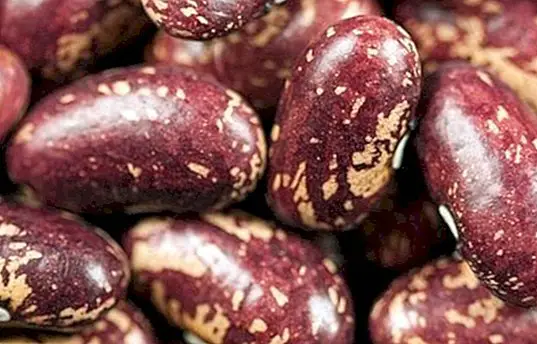Proline: non-essential amino acid
 The amino acids are the chemical units (we could make a simile as if they were building blocks) that form proteins, so that the protein substances that are built thanks to the amino acids form the organs, tendons, muscles ...
The amino acids are the chemical units (we could make a simile as if they were building blocks) that form proteins, so that the protein substances that are built thanks to the amino acids form the organs, tendons, muscles ...
Depending on whether amino acids can be synthesized by our body or not, they are called essential amino acids and non-essential amino acids. Thus, the former must be provided through the diet because our body is not able to synthesize them by itself, while the latter - the non-essential amino acids - can synthesize or manufacture them.
The proline is a non-essential amino acid that our body can synthesize from glutamic acid (another non-essential amino acid, fundamental for our body).
What is proline?
As we indicated briefly in the previous section, the proline (Pro) is a non-essential amino acid, which means that our organism can synthesize it by itself.
For this, our body needs glutamic acid to be able to synthesize it correctly.
Functions of proline
- Strengthens the joints and tendons.
- It helps in strengthening the muscles of the heart.
- It helps in the production of collagen.
- It improves skin texture.
- Reduces the risk of collagen loss.
- It helps in the healing of both tissues and mucous membranes.
- It helps in the immunity of our organism when it is related to the maintenance of some immunoglobulins.
Benefits of proline for health
As we have known through the previous section dedicated to the different functions of the proline, we are faced with a non-essential amino acid that shares the functions of collagen synthesis, helping to reduce the risk of collagen loss and also helps in its production.
It is useful in strengthening the joints and tendons. Hence, this non-essential amino acid is used in the prevention of arthritis, by preserving the joints.
Where to find proline?
Here we indicate which are the foods richest in proline:
- Food of animal origin: meats.
- Plant-based foods: foods rich in vitamin C such as citrus fruits and other fruits.
Image | Public Domain Photos This article is published for informational purposes only. You can not and should not replace the consultation with a Nutritionist. We advise you to consult your trusted Nutritionist. ThemesAmino acids


